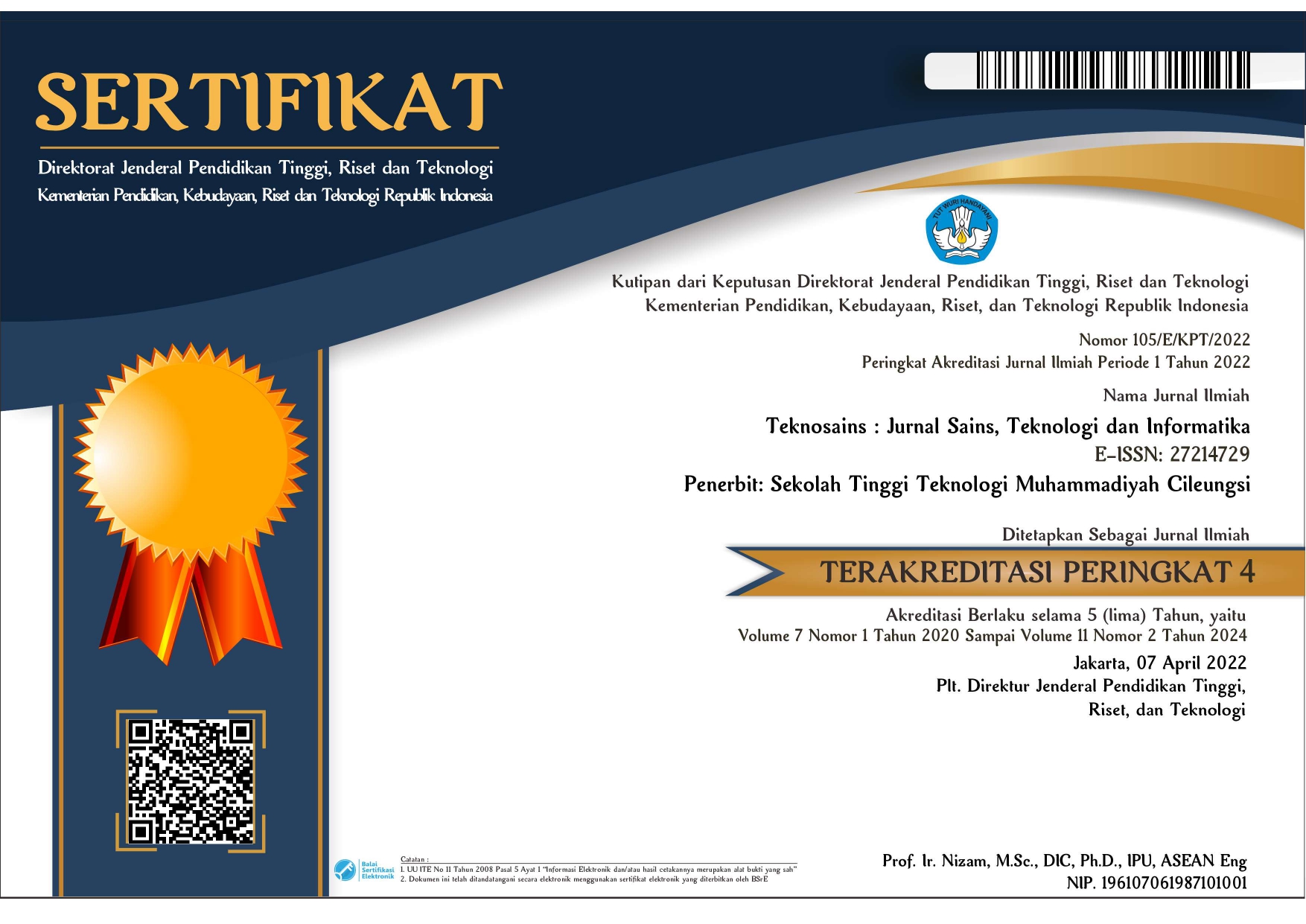Pengaruh besar sudut potong mata pisau tipe flate terhadap hasil cacahan plastik pada mesin pencacah
Abstract
Given that plastic is typically only used once, increasing levels of plastic waste in TPA make it difficult for Indonesia and even the rest of the world to solve the problem of plastic trash (final disposal sites). Performing a field investigation and literature review comes first. Making a blade model that is distinct from the previous one involves using the findings of the field survey and the literature study. According to the examination of the most recent blades, which have angles of 30° and 60°, the blade system models can be compared and it can be shown that the results of the number of capacities and the results of the size of the pieces are issued. Waste materials that are cut into plastic bottles, PET or PETE bottle caps, and LDPE (low density polyethylene) plastic bags. The findings for a blade with a 30° angle are 1.8 kg/hour for plastic bottles, 0.780 kg/hour for bottle caps, and nil capacity for plastic bags since the bag is wrapped around the blade. Due to the angle's lack of sharpness or tendency to be moreblunt, this blade tends to only clamp a large amount of plastic. While the 60° blade angle produces 0.200 kg/hour of plastic bags, 1.5 kg/hour of plastic bottles, and 1.3 kg/hour of bottle caps. Since the 60° angle blade has a better sharp angle for slicing or breaking plastic waste into smaller bits, it can be seen that it produces the highest capacitance
Copyright (c) 2023 Syam Ramadhani Saputra, Anis Siti Nurrohkayati, Andi Nugroho, Hery Tri Waloyo

This work is licensed under a Creative Commons Attribution-NonCommercial 4.0 International License.










